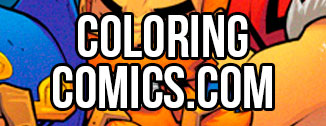

Conan the Barbarian #20 is the final part of arc 5, Twisting Loyalties, filled to the brim with action and intrigue. What did critics think of it?
• Comic Book Corner 2.0: Grade A “This book is really good…I love the action, I love the fighting, and I love how it’s just barbaric!”
• Comical Opinions: 10/10 “Jim Zub’s voice for Conan and reverence for Robert E. Howard style are in top form and Doug Braithwaite’s art is fantastic and maybe even better than we’ve seen before.”
• Cool Thunder: 10/10 “Jim Zub continues to prove he was born to write Conan. His work here stands among the best the franchise has ever seen—layered, character-driven, and true to the spirit of the Hyborian Age. Paired with Doug Braithwaite’s stunning artwork, which is nothing short of breathtaking, this issue is nearly impossible to put down. Every panel feels alive with grit, motion, and emotion.”
• DC Patrol: “Well written, beautifully executed. I love every page of this…I’m gushing.”
• Dragon’s Cache: 9.4/10 “Doug Braithwaite packs Conan The Barbarian #20 with furious action. Like fast cuts in a movie, the panels lead the eye from one camera view to another…Diego Rodriguez wields a series of limited color palettes in fight sequences.”
• Eternal Crusader: “I consider Doug Braithwaite’s work on this issue his strongest so far. He started at a very high level, but he has since refined his craft further. I was pleased to see him incorporate more shadows into his panels, adding depth and making the characters appear more three-dimensional. The issue is packed with intricate details, lavish panels, and dynamic action sequences.”
• Evan the Architect: “Another fantastic issue on this title…Jim Zub has made me a die hard fan of Conan and his world.”
• Goodreads: 10/10 ” Stellar and impactful art from Braithwaite, always captures the fury of battle and calm dramatic moments…It’s endearing, and in good hands.”
• League of Comic Geeks: 10/10 “This issue is a masterclass in sword-and-sorcery storytelling. If you’re not reading Conan the Barbarian right now, you’re missing one of the genre’s finest modern runs.”
• Nerd Initiative: 10/10 “The best compliment I can give it is that it feels exactly like old school Conan comics you were buying off the spinner rack…Fantastic art, cool story, get it!”
• Professor Frenzy: “This has been an awesome book, an awesome run and, as long as it keeps doing this, I am absolutely in.”
• Sci-Fi Pulse: 9.7/10 “Jim Zub continues to captivate me with his stories of Conan the Barbarian and his many adventures. The comic stays true to the novels I remember reading in the 1980s”
• Stygian Dogs: “Conan the Barbarian #20 is a thunderous, sword-swinging spectacle with deep time-spanning lore that will be appreciated by fans of Robert E. Howard’s characters in comic book form.”
• Sword & Sorcery Book Club: “Doug Braithwaite did a good job with the artwork here, Rodriguez’s colors were pretty stunning this time, and I enjoyed the story a lot. I thought the twist with the Zula character were pretty nice, I enjoyed the exorcism aspect, I enjoyed the fact that they battled the spirit and I like where the story is going.”
• Thinking Critical: “Pick of the Week…I love it, it’s absolutely gorgeous and well told, and this is probably the best illustrated issue of Conan by Doug Braithwaite. He’s already a great artist, but I think his art in Conan is getting stronger.”
• Two Guys and a Stack of Comics: “No matter what’s happening there’s such good action, such great art on each page from Doug Braithwaite in this comic book and it fully embraces who Conan is.”

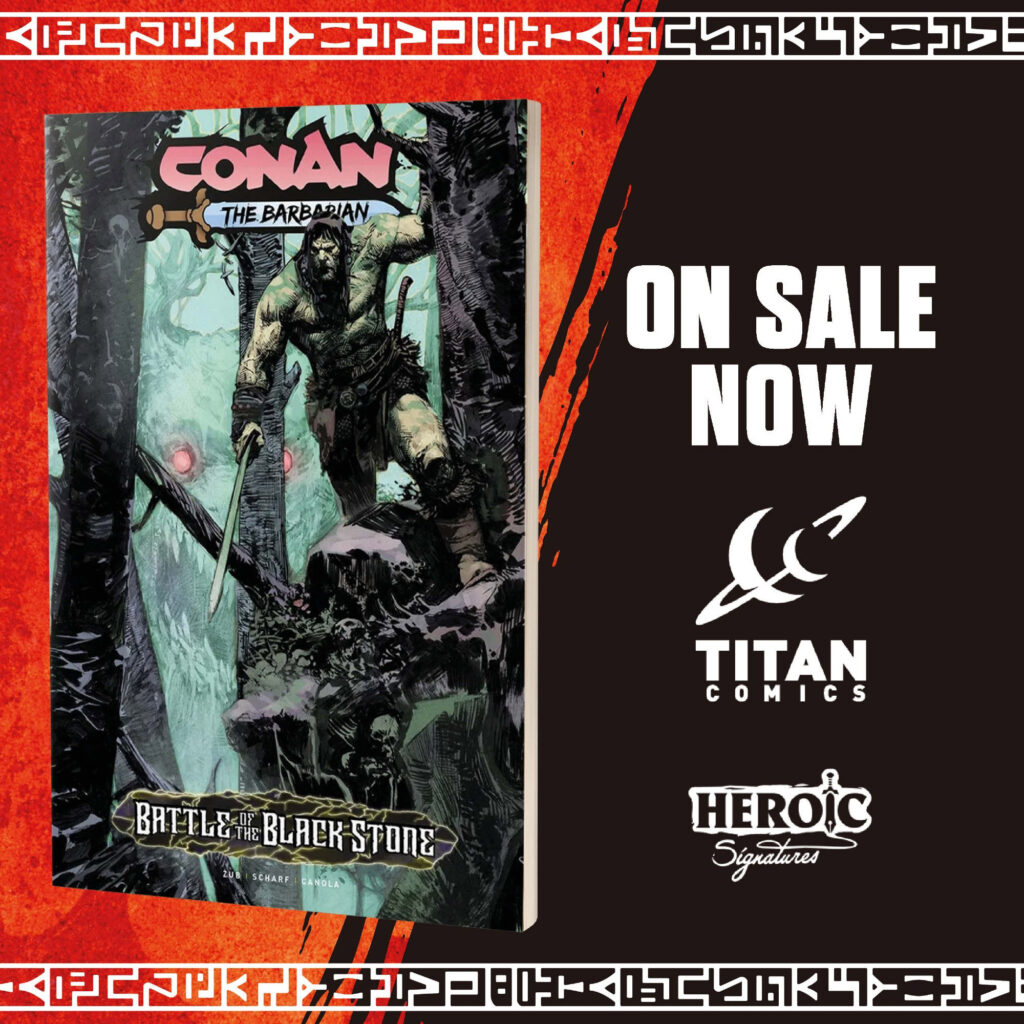
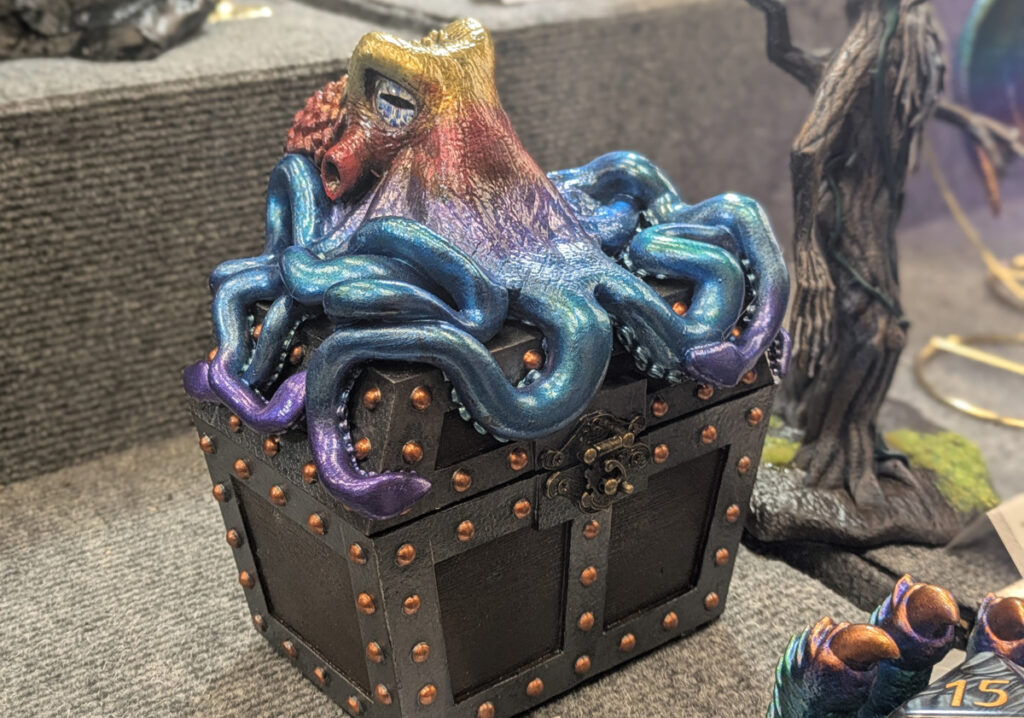

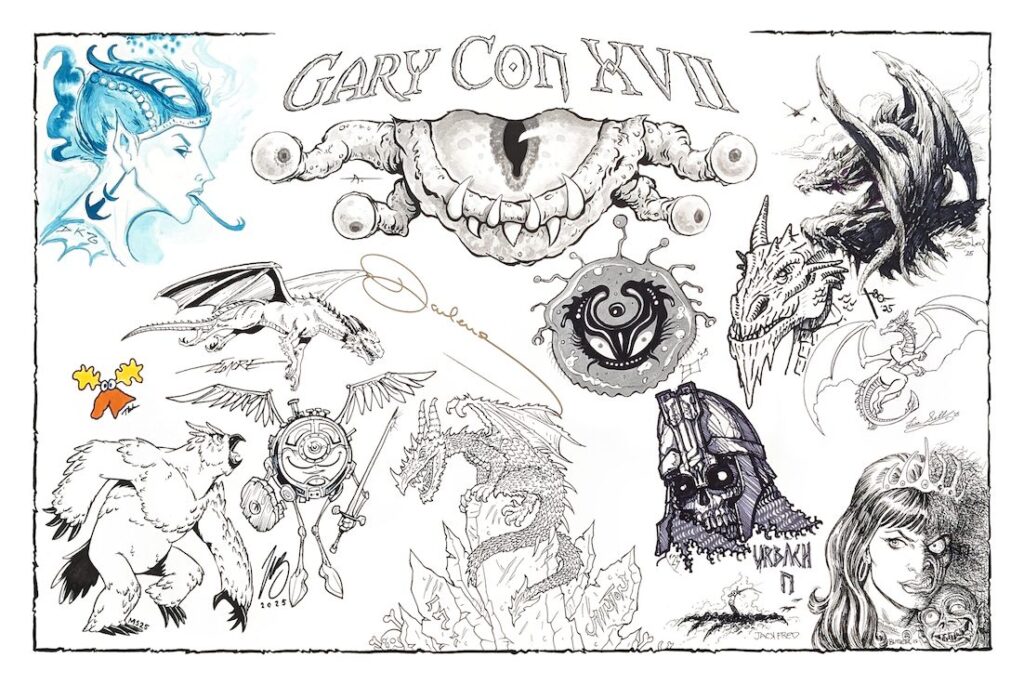
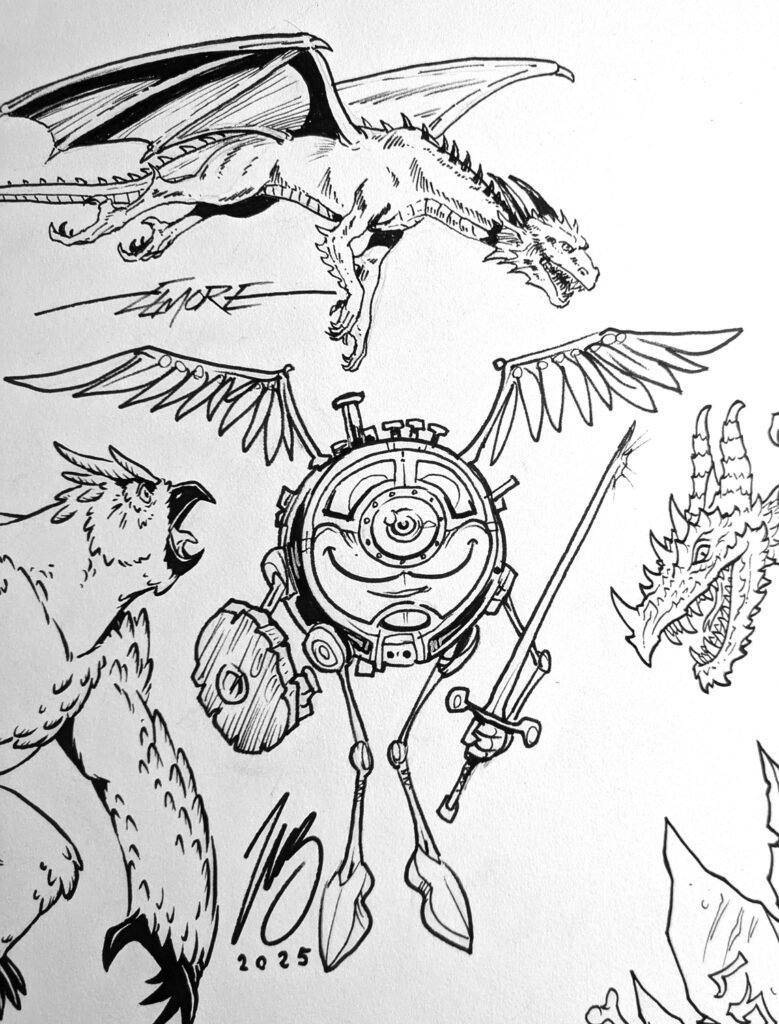


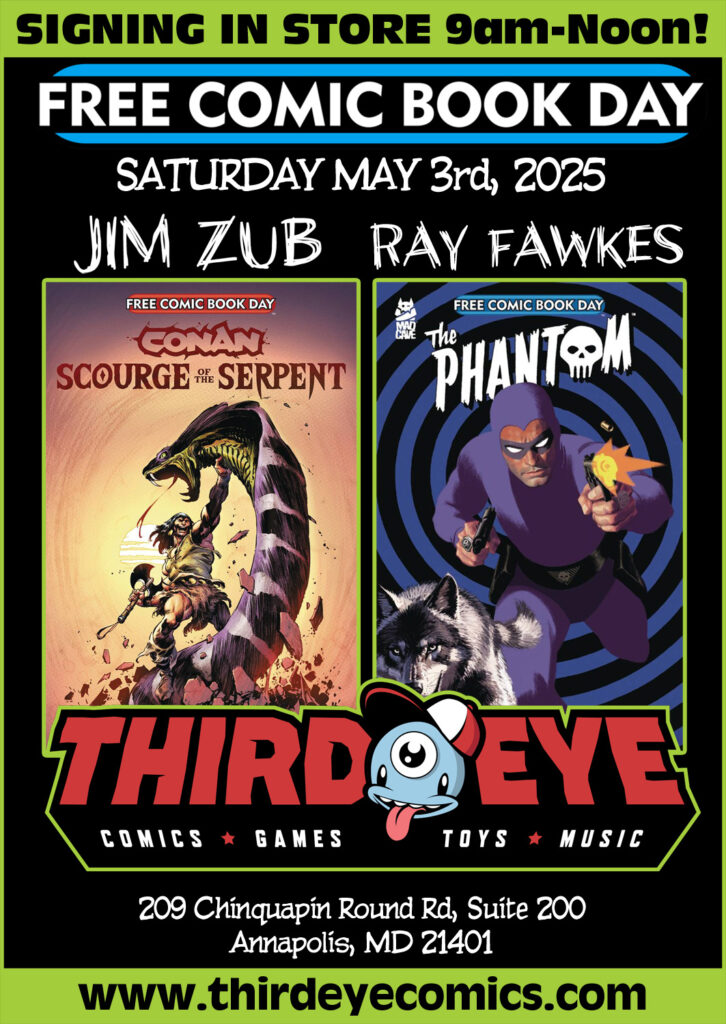
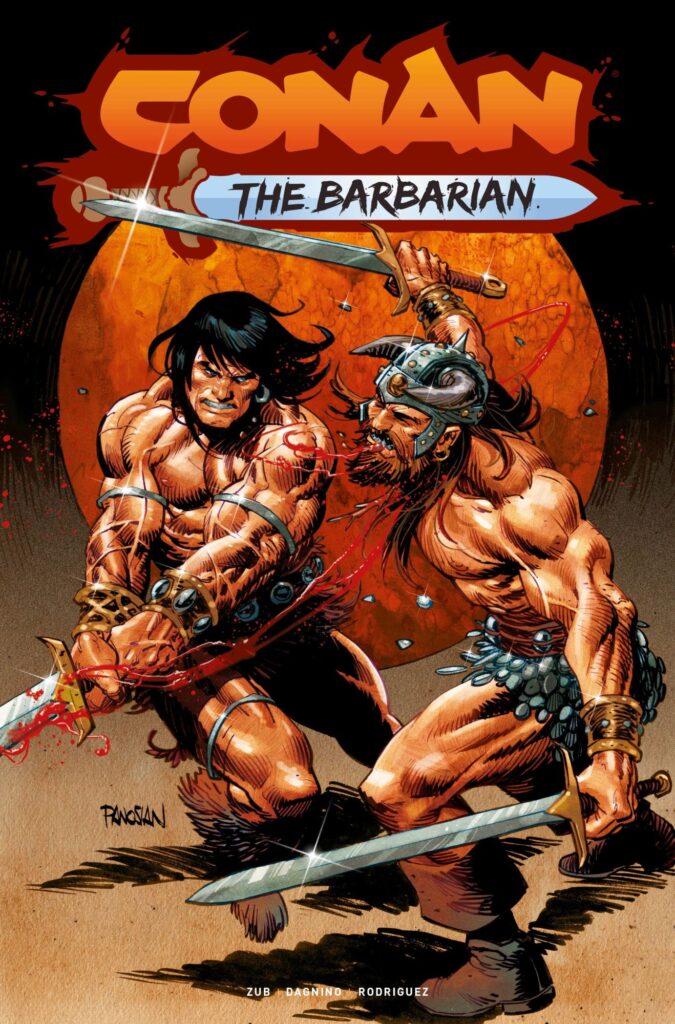
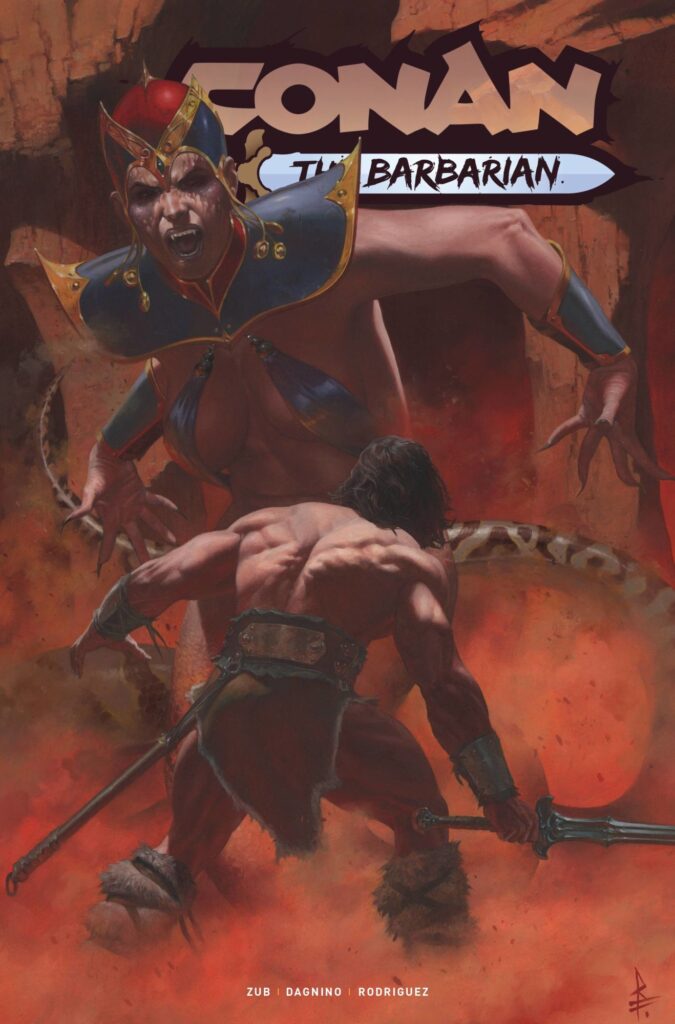
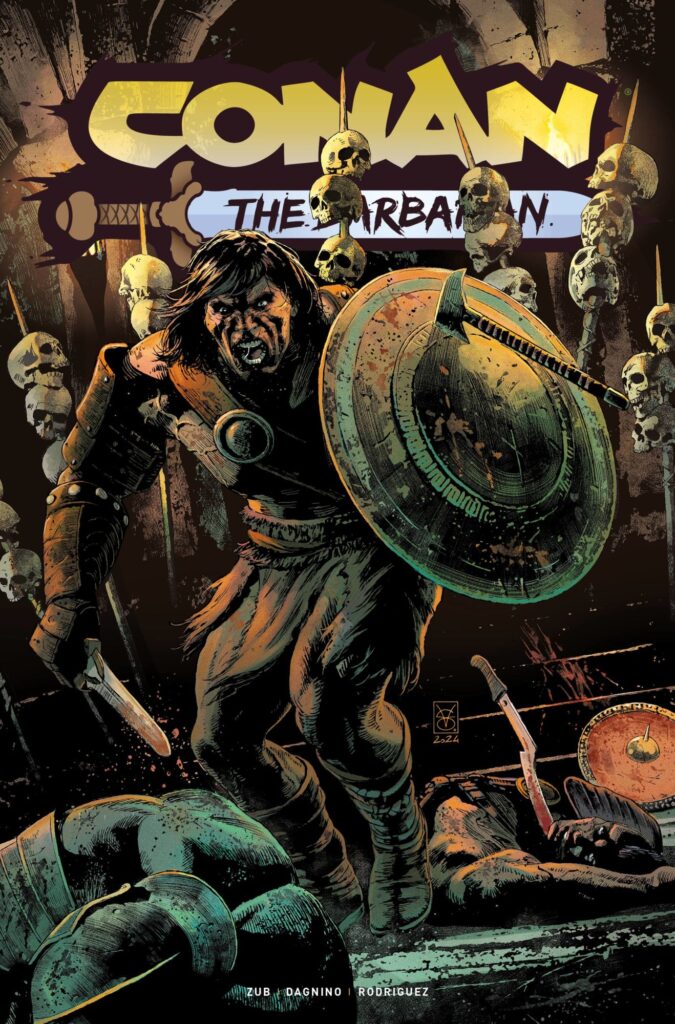
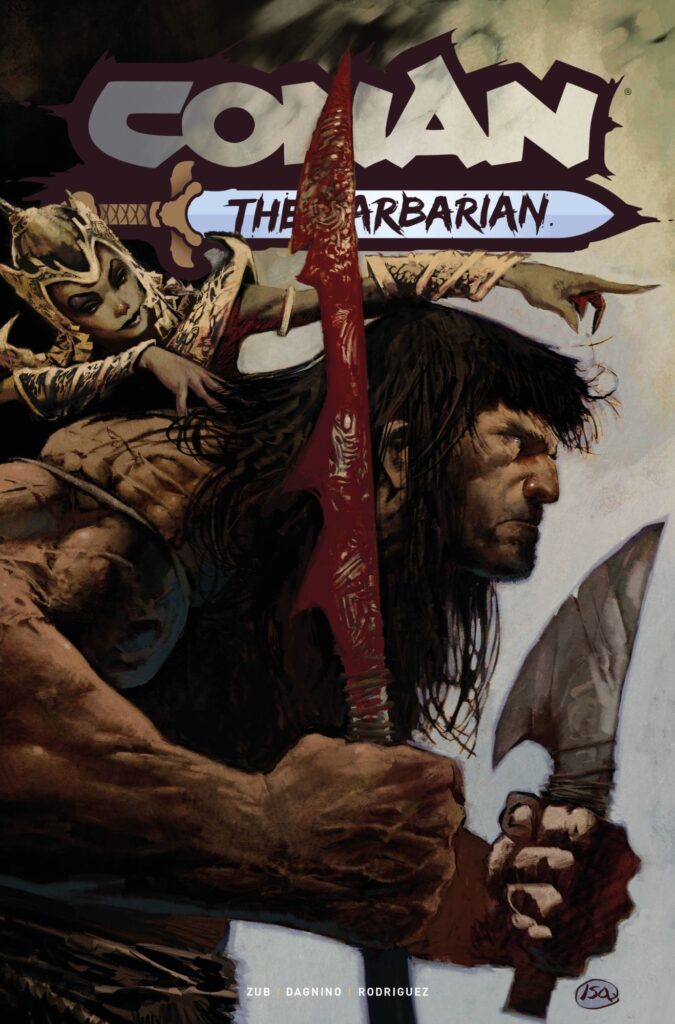
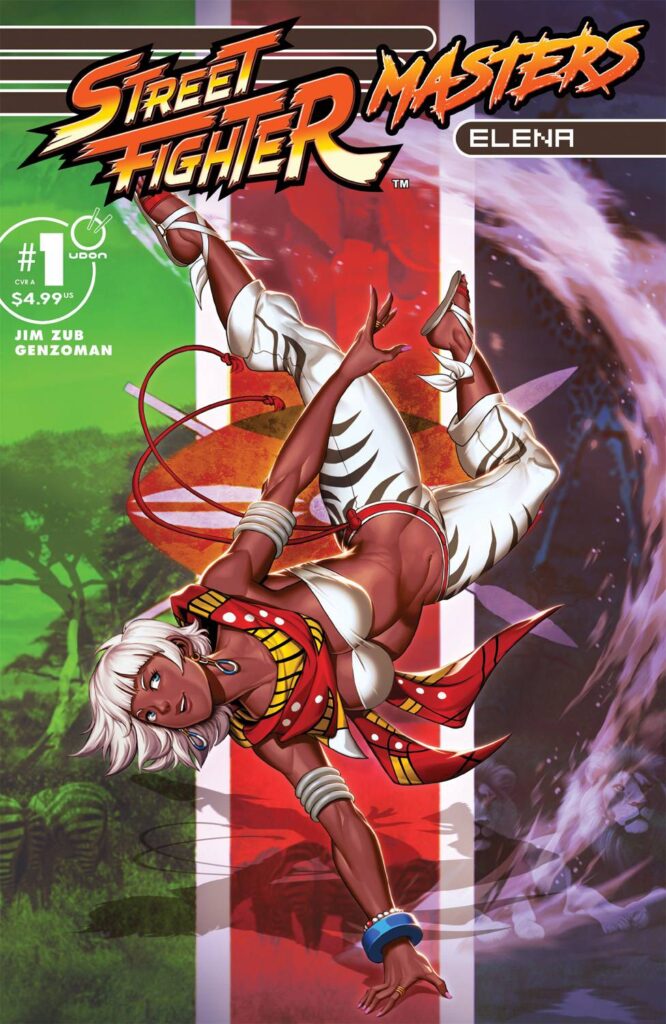
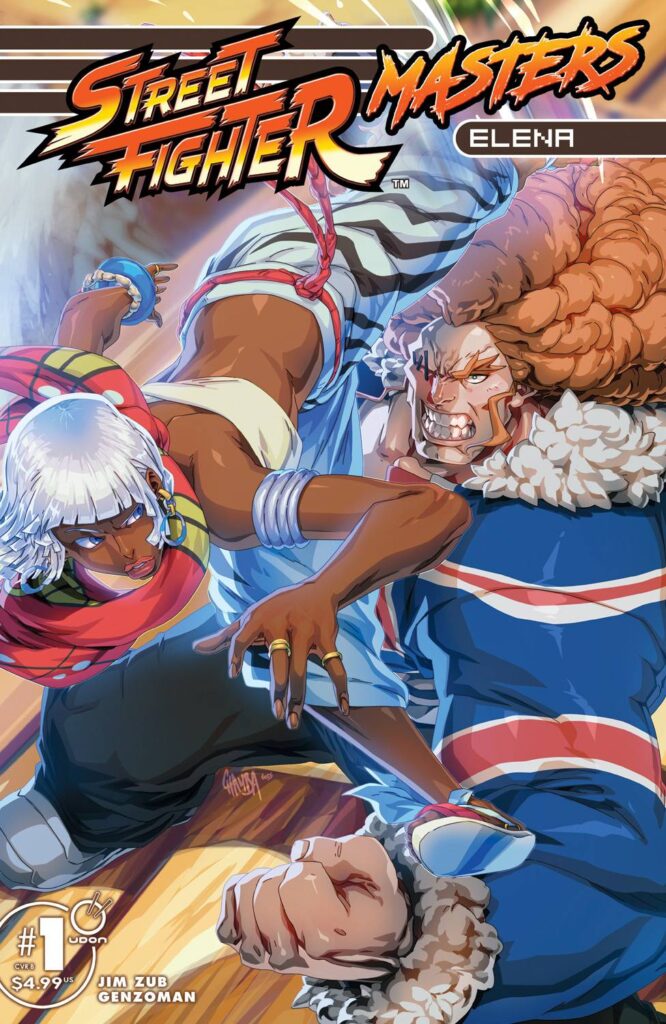
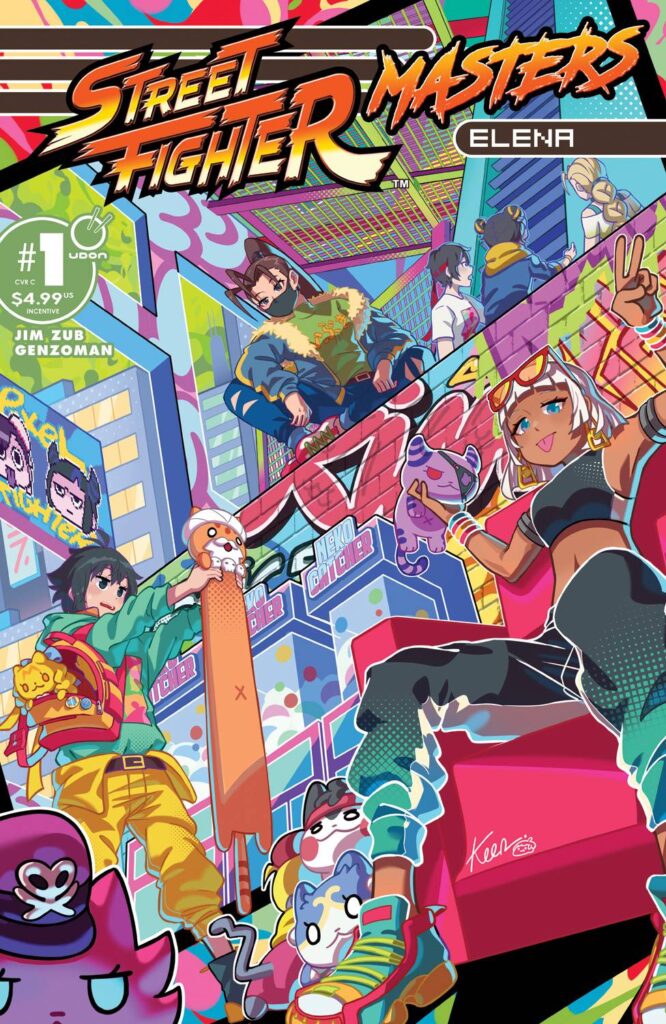
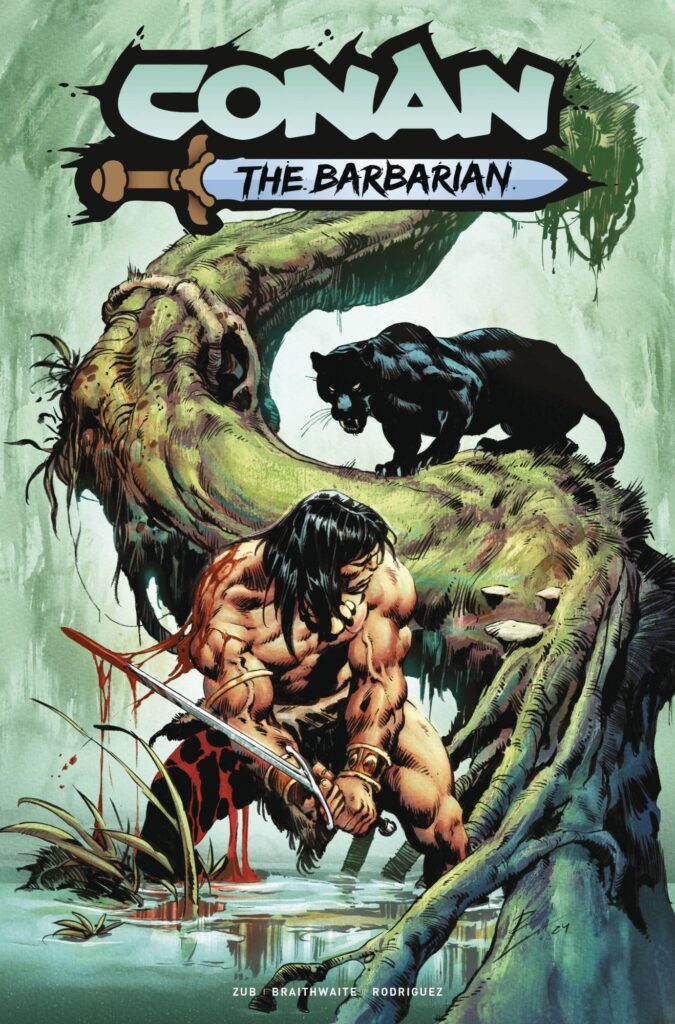
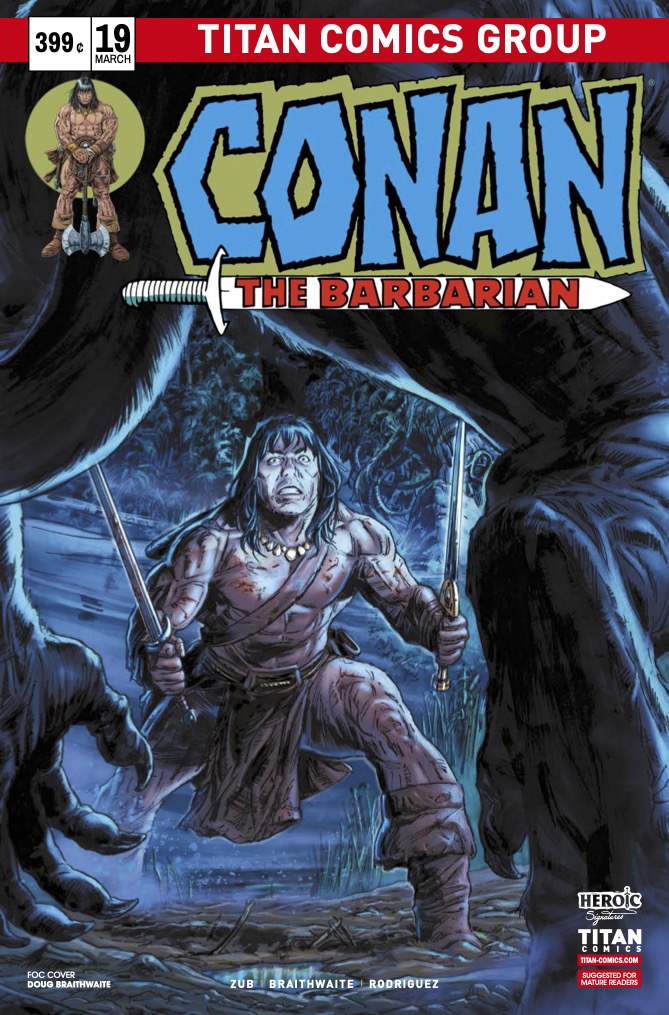
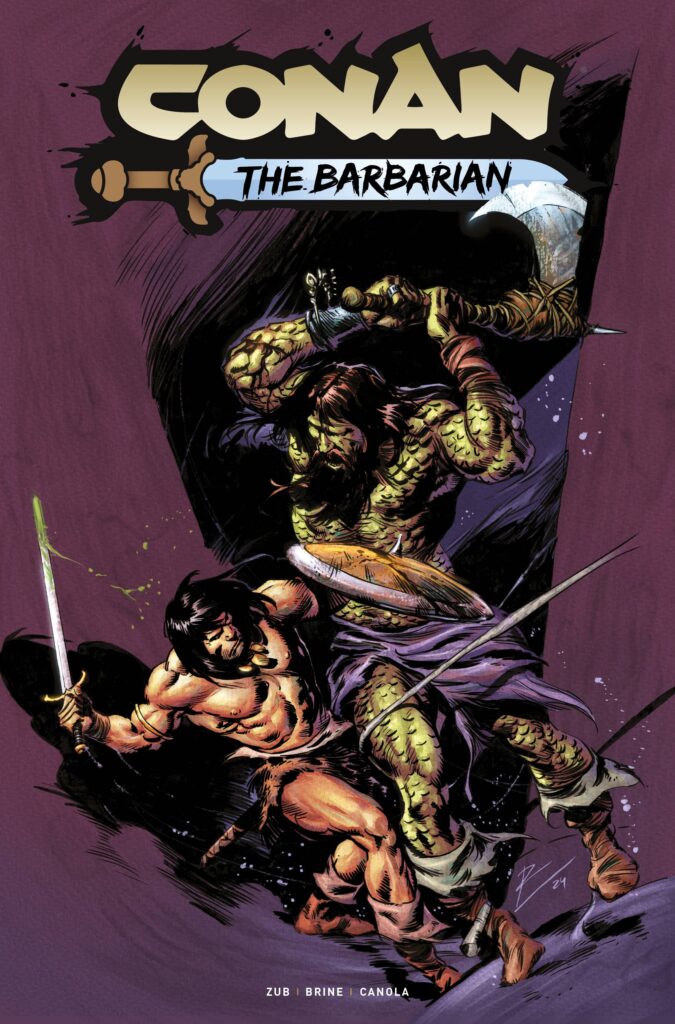
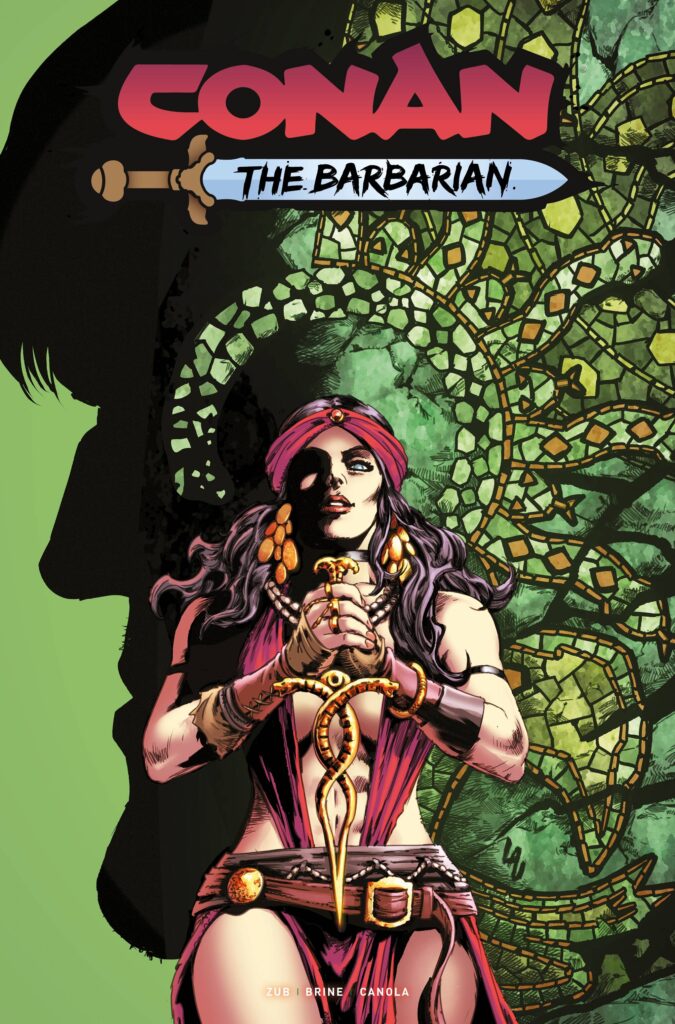


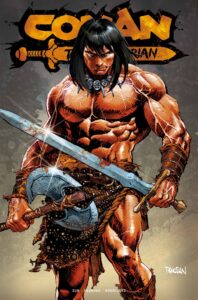
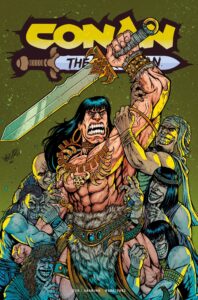
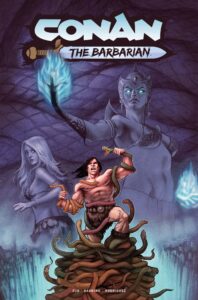
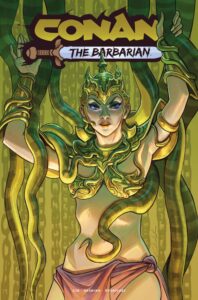
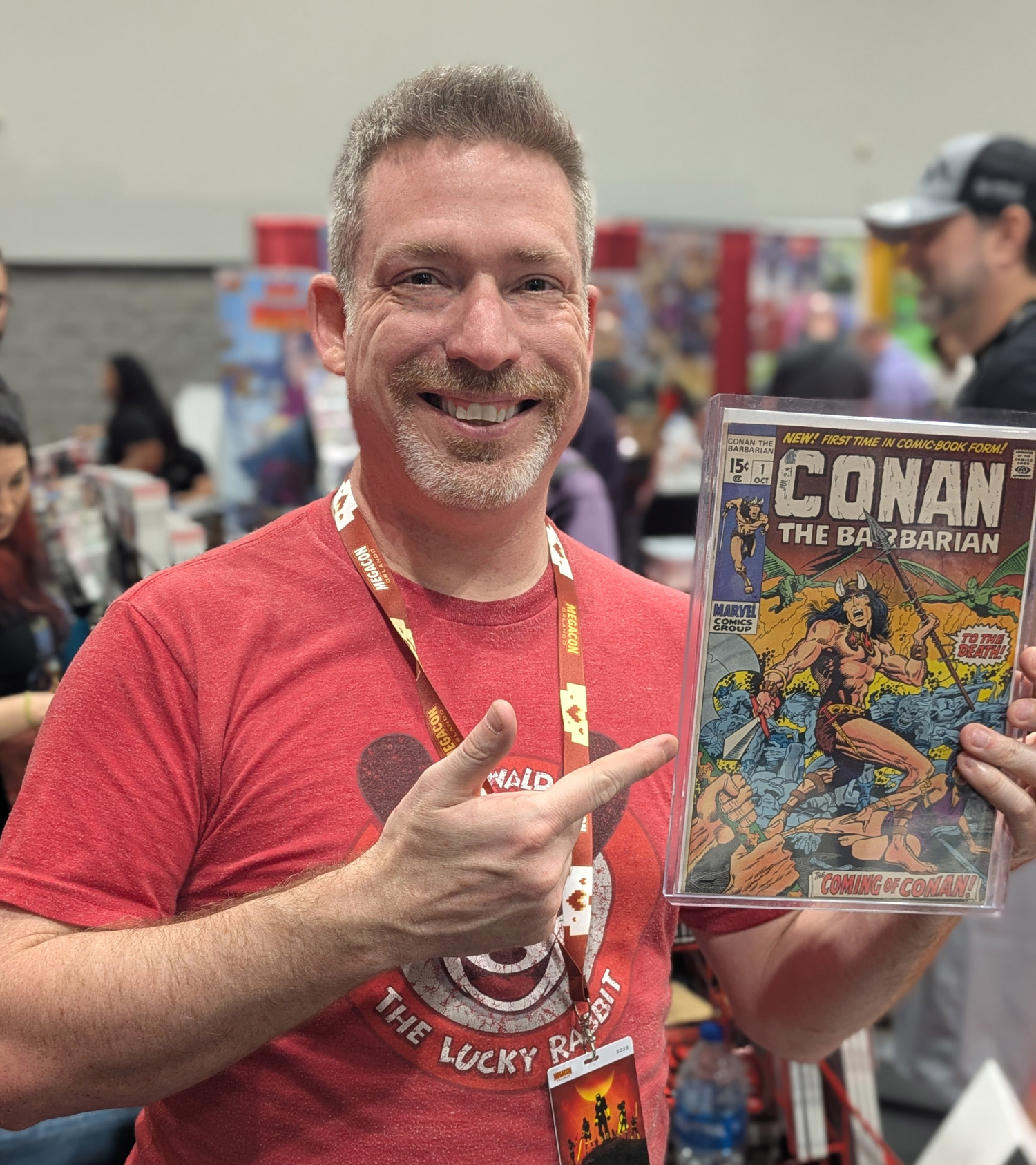
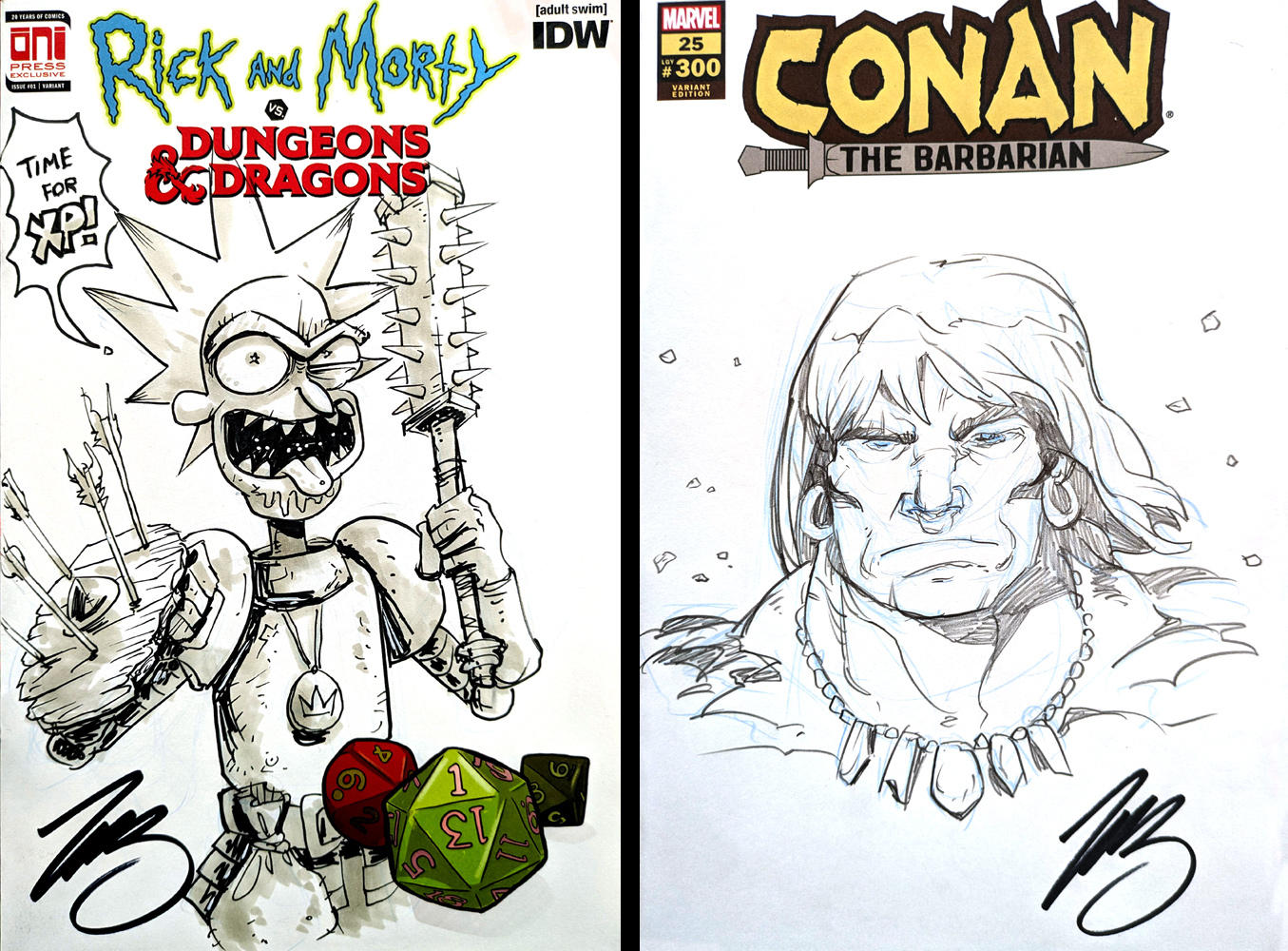


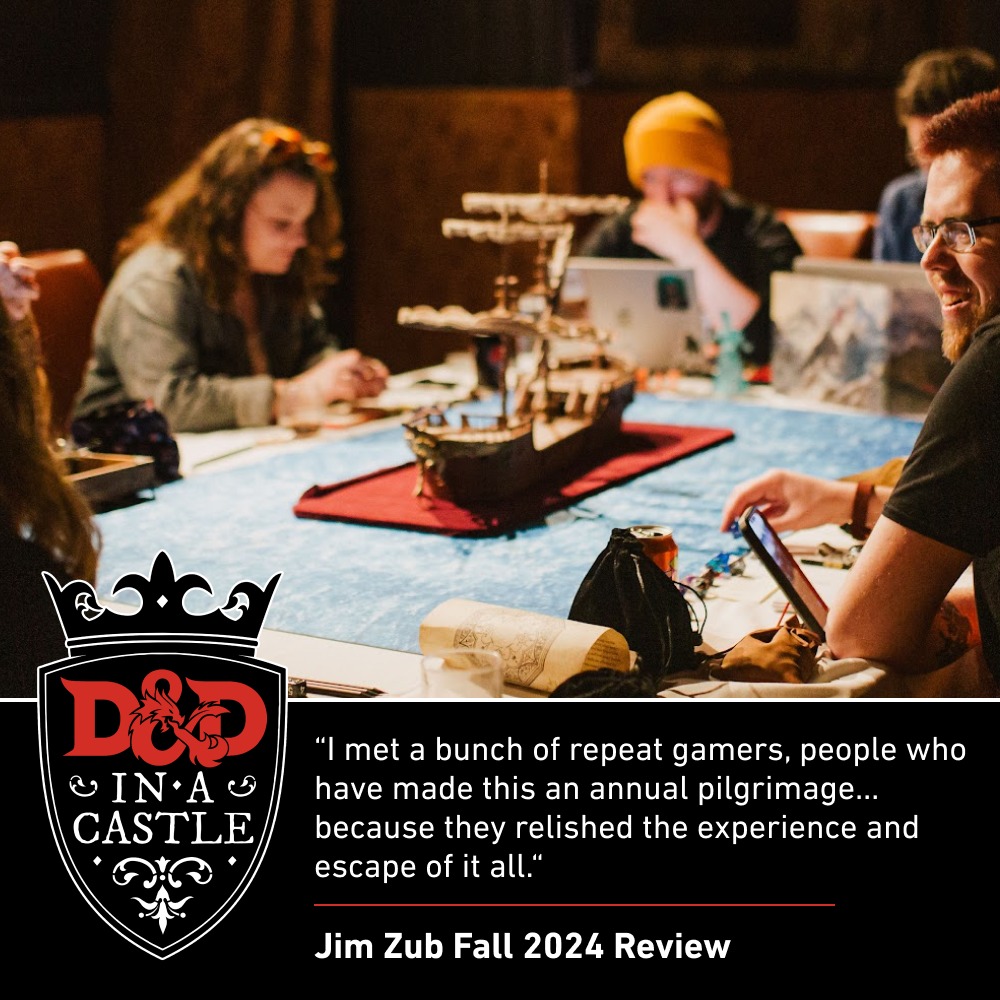


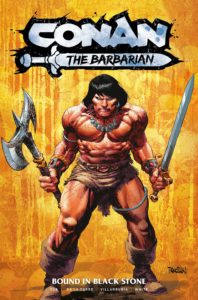



 Zub on Amazon
Zub on Amazon Zub on Instagram
Zub on Instagram Zub on Twitter
Zub on Twitter